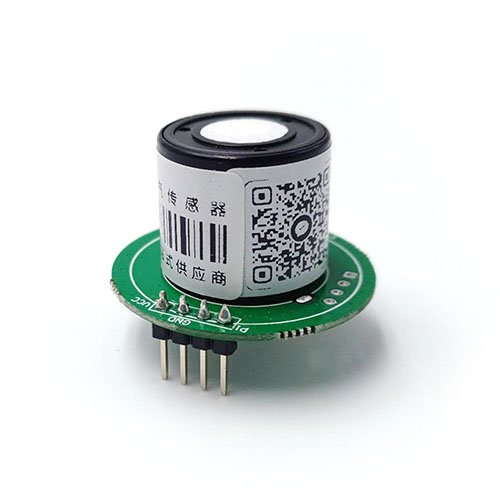Medical o2 sensor principle application
Medical o2 sensor (Medical Oxygen Sensor) is an electronic device used to measure oxygen concentration. It is mainly used in medical equipment to ensure that patients receive adequate oxygen supply during surgery, treatment or monitoring. This article will introduce the working principle of Medical o2 sensor and its application in the medical field.

Medical o2 sensor working principle
The working principle of Medical o2 sensor is based on Electrochemical gas sensor technology and mainly consists of the following components:
oxygen reaction electrode
The oxygen reaction electrode of the Medical o2 sensor is an electrode covered with a precious metal catalyst (such as platinum, silver, rhodium, etc.). When oxygen molecules enter the oxygen reaction electrode, the catalyst catalyzes the reaction between oxygen and water, producing electrons.
Reference electrode
The reference electrode is another key part of the Medical o2 sensor. It usually consists of a silver-silver silver chloride electrode, which is used as a reference electrode during sensor measurements. The reference electrode stabilizes the sensor’s operating environment at a constant potential.
Electrolyte
Electrolyte is another important component in Medical o2 sensor. It is usually a salt that is soluble in water and is used to maintain the electrolyte balance between the oxygen reaction electrode and the reference electrode. The choice of electrolyte is closely related to the working principle and characteristics of the medical oxygen sensor.
Working principle
When oxygen enters the Medical o2 sensor, the oxygen molecules react with the catalyst on the oxygen reaction electrode to generate electrons. These electrons flow through the circuit inside the sensor, producing a current signal. According to the size of the current signal, the concentration of oxygen can be deduced.
Medical o2 sensor application
Medical o2 sensor has a wide range of applications in the medical field. The following lists some common application scenarios:
Oxygen supply monitoring
Medical o2 sensors are widely used in oxygen supply equipment to monitor the oxygen concentration required by patients. Medical staff can adjust oxygen supply equipment based on data provided by the sensors to ensure patients receive appropriate oxygen supply.
Anesthesia monitoring
During surgery, the Medical o2 sensor can be used to monitor the patient’s oxygen saturation. Anesthesia monitoring instruments use medical oxygen sensors in combination with other sensors to keep abreast of the patient’s oxygen supply and ensure patient safety during surgery.
Ventilator
A ventilator is an important medical device used to assist or replace the patient’s breathing function. Medical oxygen sensors can be installed in ventilators to monitor the oxygen concentration delivered by the ventilator. This helps provide proper oxygen support and ensures the patient receives an adequate supply of oxygen.
Oxygen therapy equipment
Oxygen therapy equipment is medical equipment used to treat respiratory diseases. The application of Medical o2 sensor in oxygen therapy equipment is very important. It can adjust the concentration and flow rate of oxygen according to the needs of the patient and provide effective treatment.
ICU
Medical o2 sensors are also widely used in intensive care units. By monitoring the patient’s oxygen supply, medical staff can take timely measures to ensure that the patient receives appropriate oxygen supply, improving the patient’s quality of life and recovery speed.
Summarize
The Medical o2 sensor is a critical medical device that measures oxygen concentration to ensure patients receive adequate oxygen supply. This article introduces the working principle of medical oxygen sensors and their wide application in the medical field. In the medical field, medical oxygen sensors play a vital role, not only providing accurate data but also ensuring patient safety and recovery.







